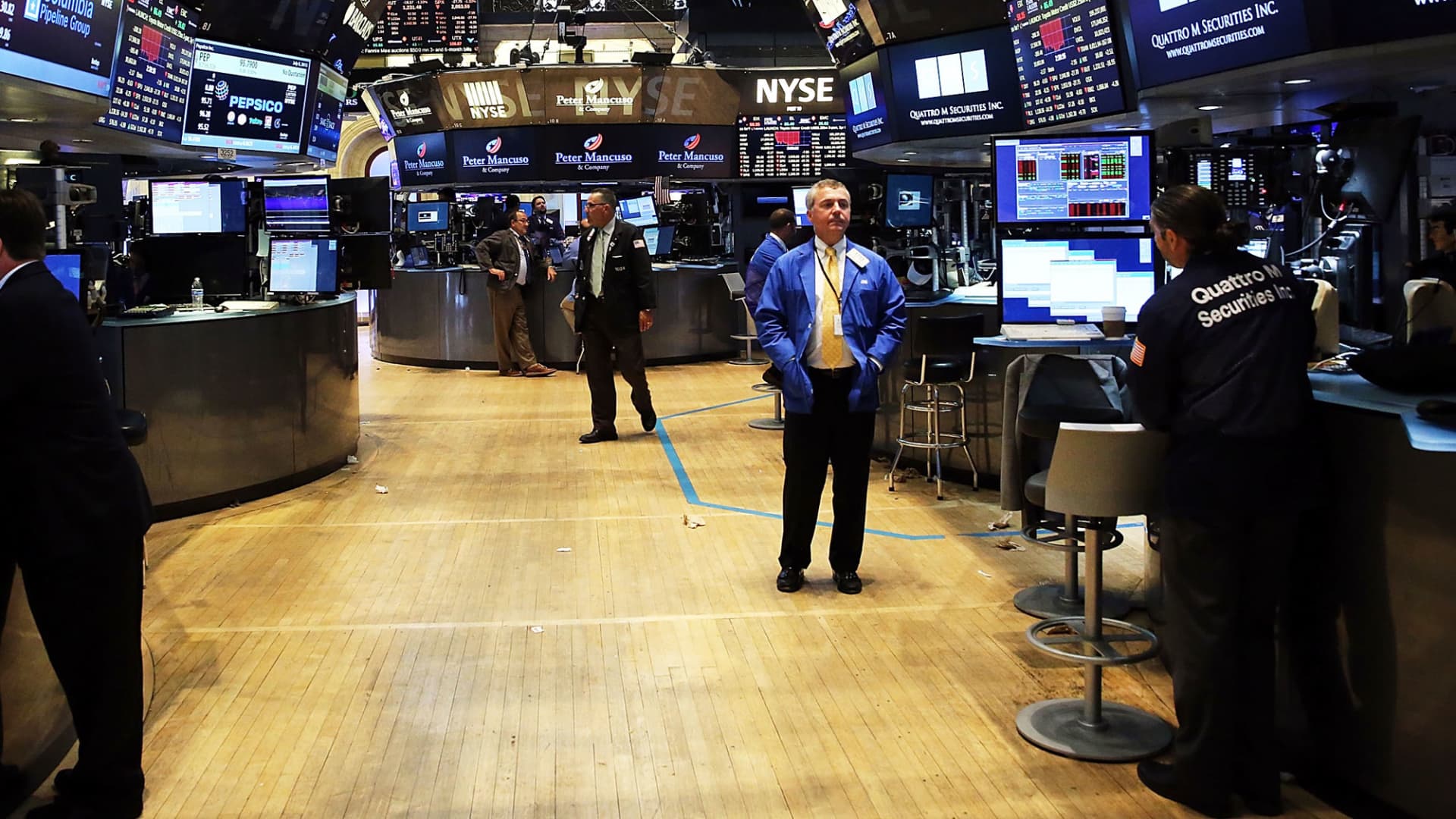
It’s tempting to ignore the markets in the next two weeks, traditionally among the lightest trading days of the year. But there is still a powerful rally occurring. CNBC’s Robert Hum tells me both the S & P 500 and Nasdaq Composite are up eight straight sessions – the longest advances since November of last year for the S & P 500 and December for the Nasdaq. The S & P has risen 7% during the last eight trading days. That would be its strongest 8-day win streak since the nearly 12% rally in March 2003. Another positive factor: market breadth (advancing vs. declining stocks) has been on a tear. Lowry, the nation’s oldest technical analysis service, noted on Friday that the NYSE advance/decline line hit an all-time high on August 15. That is one of the best technical signals you can get. It’s hard to argue there is a market top with the advance/decline line at an all-time high. Markets now It’s happening again Monday: 2-1 advancing to declining stocks on the NYSE, and the S & P 500 ahead 25 points. Tech is lagging but, elsewhere, defensive stocks are strong, with real estate, health care, and consumer staples leading. The tech rally appears to have stalled out. Big cap tech is mixed today, with particular weakness in semis. There is a fairly wide dispersion this month among big cap tech, with Meta and Nvidia up, Apple flattish, and Alphabet and Amazon both down in mid-single digits. Megacap tech this month Meta + 11.2% NVIDIA +6.0% Apple +1.0% Alphabet -3.6% Amazon -5.0% Where are we? On the positive side, the soft landing scenario is still intact: economic data shows some slowing but job growth IS still strong, the Fed is expected to begin cutting rates in a few weeks and earnings have been remarkably stable, even if some companies are experiencing pricing pressure. Perhaps most importantly, the recent volatility in early August caused a significant unwind of many crowded trades, including parts of the yen carry trade , that may help make markets a little less volatile. Market positives Economic data supportive of growth Fed easing expected Earnings stable Partial unwind of crowded trades On the negative side, other than the week after Christmas, the next two weeks are the lightest volume days of the year, when volume typically drops 20% below average. Also, September-October remain among the worst months of the year. Finally although earnings growth expectations remains strong at roughly 10% this year and 15% next year, valuations are still very high, leaving little room for error. Market negatives End of August: Traditionally light volume September-October rough months Valuations high: little room for error








